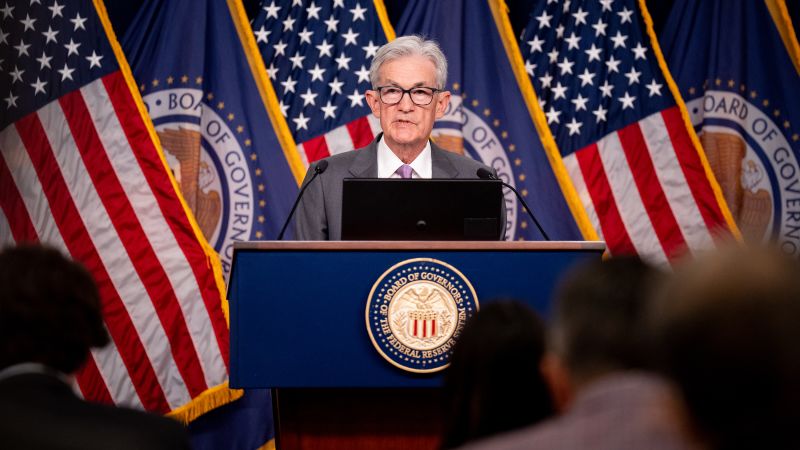After years of high inflation and elevated interest rates, Americans can finally expect some relief as Federal Reserve Chair Jerome Powell signaled a rate cut in the coming month. This would be a significant milestone in the central bank’s fight against inflation, as data from the Labor Department shows weaker job growth and rising unemployment. The last time the Fed cut rates was in 2020, and given the current economic conditions, a rate cut in September seems likely to stabilize prices and support maximum employment.
Recent minutes from a policy meeting show that several Fed officials were considering rate cuts, but ultimately decided to wait until September. The upcoming annual symposium in Wyoming will likely provide more insight into the timing and size of the rate cut. Wall Street has been anticipating a rate cut for some time now, with expectations of a jumbo, half-point cut in November following a September cut. The main question remains how aggressively the Fed will cut rates to support the economy.
The Fed’s decisions are driven by economic indicators, and while there is a high threshold for aggressive action, there is also the risk of reigniting inflation if rates are cut too soon or too aggressively. Some economists, like Tani Fukui from MetLife Investment Management, are concerned about another inflation bump if rates are cut prematurely. Fed officials have expressed readiness to cut rates, but there is hesitance among some, such as Atlanta Fed President Raphael Bostic, who warned against raising rates again after a cut. Powell has indicated a better balance between inflation risks and labor market weakness, suggesting that a large rate cut would require evidence of job market deterioration.
Analysts are closely watching indicators like new jobless claims as early signals of labor market shifts ahead of the Fed’s decision. Weekly jobless claims have seen a slight increase, suggesting some softening in the labor market despite historically low levels. The August jobs report will be a key factor in determining the extent of the rate cut next month. If job growth is weaker than expected and unemployment rises further, the Fed may consider more aggressive action. However, there is no immediate emergency necessitating aggressive rate cuts, as the Fed typically acts in a predictable manner to avoid market volatility and concerns about the economy.
Overall, the Fed’s decision to cut rates in September reflects efforts to stabilize prices and support employment in the face of weaker job growth and rising unemployment. While some caution against aggressive rate cuts to prevent inflation risks, the decision will ultimately depend on economic indicators like jobless claims and the upcoming jobs report. The Fed’s approach will need to strike a delicate balance between stimulating the economy and preventing inflation, with the ultimate goal of supporting sustained economic growth.


